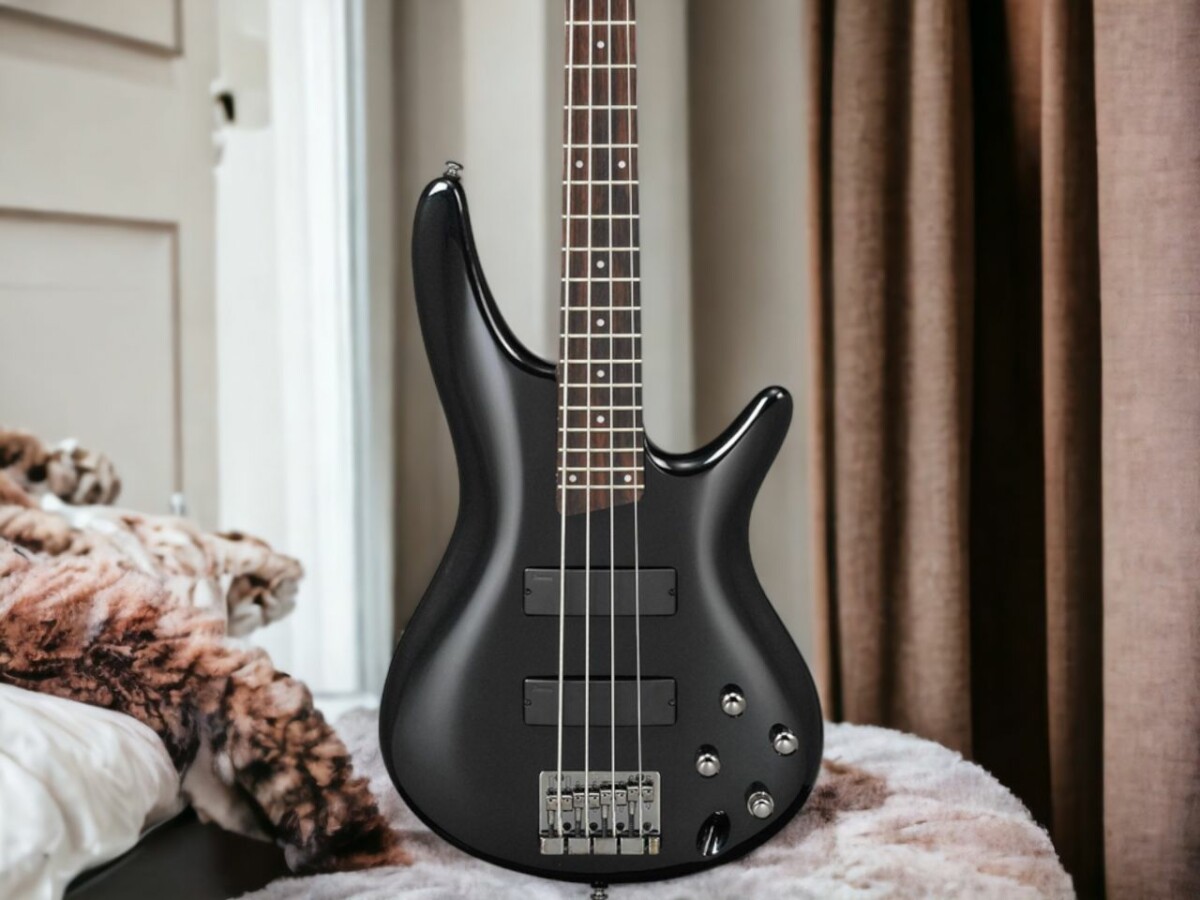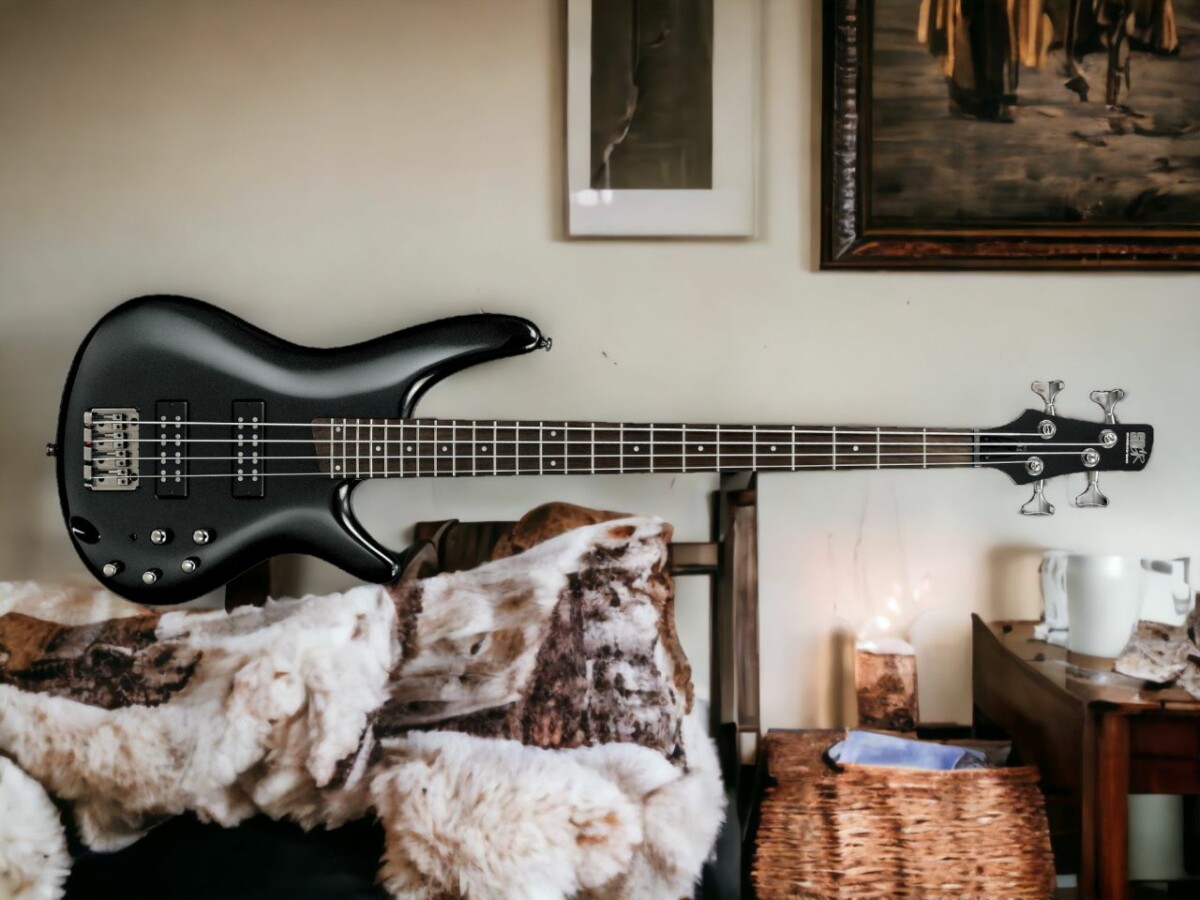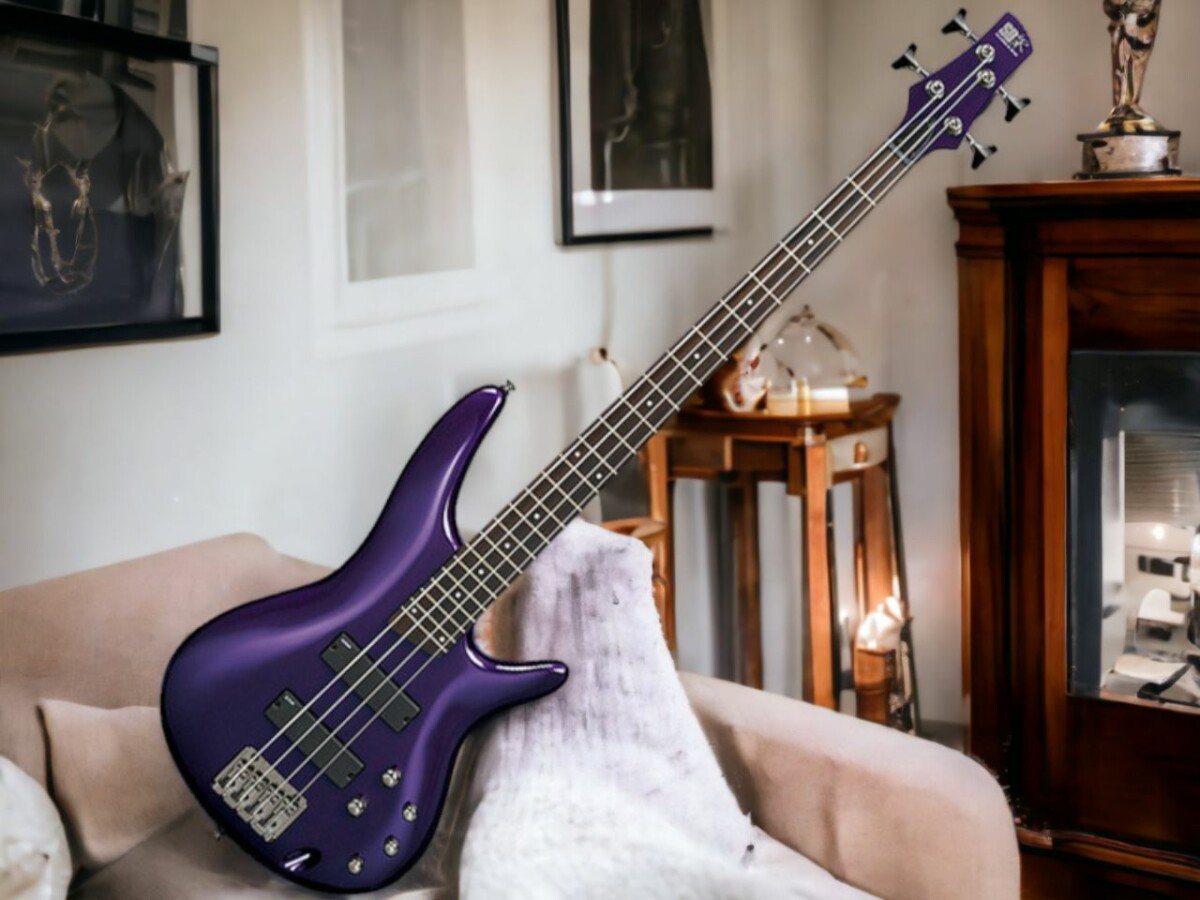So, there you are, up on stage, your fingers itching to strum your brand spanking new Ibanez bass guitar. It’s a real looker, but there’s a nagging question in the back of your mind: ‘Did I make a smart choice?’
Trust me, you’re not the only one having these second thoughts. Loads of bass guitarists find themselves questioning the quality of Ibanez. But don’t worry, in this piece, we’re gonna break it all down for you – the good, the bad, and the ugly.
We’re talking construction, sound quality, the whole shebang, and even put it head-to-head against other brands. All to help you figure out if Ibanez bass guitars are really worth your hard-earned bucks. Because, let’s face it, at the end of the day, it’s all about nailing that performance.
Ibanez Bass Guitars: Are They Worth It?
Absolutely, Ibanez bass guitars are typically viewed as pretty solid instruments. They’ve earned respect in the music industry for their diverse line-up, offering a decent range of models that work great for newbies or seasoned pros alike.
They’ve got this epic lineup of more than twenty different bass guitars that range in price, features, and each with their own unique vibe. Whether you’re just starting out or you’ve been jamming for years, there’s definitely an Ibanez bass that’s going to match your style.
Let me spill the beans on one of them – the SR300. This bad boy isn’t just affordable, it’s also big on quality. The playability is absolutely killer, and it’s got active pickups that can dish out a wide spectrum of tones. But don’t just take it from me – go give it a whirl in a store. Compare its sound and feel to other brands, and you’ll find that Ibanez definitely holds its own.
And here’s a pro tip – keep an eye out for where it’s made. An Ibanez from Japan can often be a real game-changer. It’s like they’ve sprinkled in a bit of extra magic in the craftsmanship and sound quality. So, that’s something to consider when you’re making your choice.
The SR300: an Affordable Option With High-End Features
On the hunt for a bass that’s budget-friendly but doesn’t skimp on the high-end features? You’ve got to get your hands on the Ibanez SR300. Some players wonder, “Can you play bass guitar with small hands?” and the answer is definitely yes, especially with models like this. This beauty is a game changer in the realm of affordable bass guitars. Its sleek, comfortable design is a total breeze to play, all thanks to its super slim neck and feather-light body.
Now, let’s talk sound. The active pickups on this bad boy give you an insane range of tones. We’re talking deep, resonate lows that’ll shake you to your core, right up to punchy, crisp highs that’ll make you feel like you’re on top of the world. You’d be hard-pressed to stumble upon another bass in this price range that can match the SR300’s versatility. It’s like finding a unicorn in a field of horses.
And we can’t forget about the construction – it’s solid as a rock. Top-notch hardware and a finish that can survive the apocalypse. When it comes to value, Ibanez is seriously killing the game. Just a little heads up though, the place where the guitar is made can have an impact on the quality. If you can, try to get your hands on a Japanese-made one.
But all in all, if you’re dipping your toes into the world of bass and you want something that’s not going to break the bank but still has all the bells and whistles, the SR300 is a solid bet. It’s an entry-level bass that’s punching way above its weight class.
The Impact of Manufacturing Location on Ibanez Bass Quality
If you’re in the market for an Ibanez bass, there’s a bit of homework to do. Just like the famous line ‘Location, location, location’ in real estate, the place of manufacture can seriously affect the quality of your new Ibanez. Have you ever wondered about how long do bass guitars last? A major part of that longevity is tied to where and how they’re made.
The ones made in Japan? Top-notch, primo quality, no doubt about it. They’re on par with the elite models from big shots like Fender or Gibson.
On the flip side, Ibanez also has factories in Indonesia. Now, that’s where things start to get a bit hit and miss. Don’t get me wrong, some Indonesian-made basses are killer, but every now and then, you might run into a dud. It’s like a box of chocolates, you never know what you’re gonna get. So, it’s always a good idea to give them a test drive before you commit.
No matter where they’re from, Ibanez basses usually shine when it comes to playability and their one-of-a-kind features. But if you’re more about consistency and want to play it safe when it comes to craftsmanship, you might want to set your sights on a Japanese-made Ibanez. Could be a smart move, just saying.
The Importance of Personal Preference in Selecting an Ibanez Bass
Choosing an Ibanez bass isn’t just about where it’s made, it’s all about finding something that vibes with you. The feel of the bass, the sound it pumps out, it all plays a massive part in your jamming sessions. Maybe you’re into the slick, powerful vibes of the SR300, or perhaps you’re all for the flexibility offered by their active pickups. Even the choice between a fretted or fretless bass could come down to how you roll on the strings.
Don’t just go by the online specs, mate. Make a trip to the music store and give your potential bass a test run. Some bass players love the slim, speedy necks on the Ibanez, a total flip from brands like Fender.
Here’s the thing though, even though Ibanez basses, especially the ones crafted in Japan, are usually top-shelf stuff, it’s all about what works for you. Your style, your sound, your preferences should be the ultimate decider.
Fretted Vs. Fretless: Which Ibanez Bass Should You Choose?
So, you’re scratching your head trying to figure out if a fretted or fretless Ibanez bass is the way to go, right? There’s no easy answer here, but let’s break it down.
Take the fretted basses – they’re like the Ibanez SR300. These bad boys are all about sharp, clear notes, ideal for those crazy-fast, complex bass lines you’re dreaming of nailing. Plus, those frets are like your personal GPS, guiding your fingers to the right notes – an absolute lifesaver for anyone just starting out.
Now, flip the coin and you’ve got the fretless bass. These are all smooth sailing, offering a fluid sound that’s got a ton more expressive potential. Fair warning though, they’re a bit of a challenge to get the hang of. When you stack ’em up against big names like Fender, Ibanez goes toe-to-toe, especially with their fretless models. The best part? They won’t burn a hole in your wallet.
But hey, at the end of the day, it’s all about what feels right in your hands and sounds good to your ears. Give both a spin, and let your ears call the shots. Remember, music is a subjective art, and you’re the artist here, so trust your instincts.
Maybe you’re curious about how long does it take to learn bass guitar? While the answer varies from person to person, the right bass can make the journey smoother. Don’t just go by the online specs, mate. Make a trip to the music store and give your potential bass a test run.




